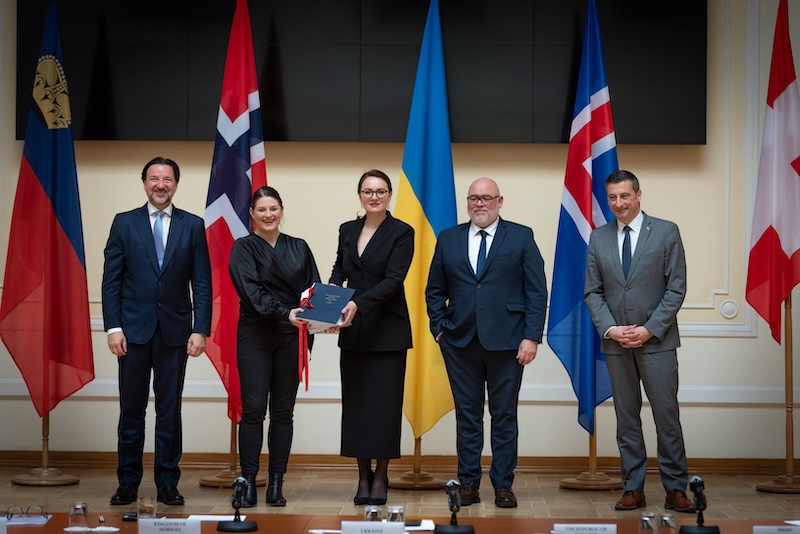The International Monetary Fund (IMF) has issued a report following a visit by staff to Iceland for consultations under Article IV of the IMF’s articles of agreement. A selected issues paper has also been published highlighting important themes and recommendations for fiscal policy.
The IMF staff highlighted the benefits that would be derived from more investment and from improving the efficiency of the tax system. This could be achieved for example by shifting the emphasis from direct to indirect taxation, and by making changes to encourage saving. The authorities are considering simplification of the corporate and personal income taxes and of labor taxes.
The reforms to value added tax (VAT) have been noted by the IMF. VAT reforms are initiated in the 2015 budget and are viewed as an important step forward although further VAT changes before the next election are likely to be restricted to efficiency gains.
The IMF notes that more needs to be done in terms of tax policy, especially as regards the VAT and the complex personal income tax. These taxes suffer from serious structural weaknesses that need to be corrected if sufficient tax revenue is to be raised.
As some taxes distort economic decisions more than others the tax mix needs to be shifted towards the non-distortionary taxes. This will reduce revenue losses and also increase Iceland’s potential output. Corporate taxes and labor taxes are the most distortionary, while consumption taxes and property taxes are less so. Scrapping the distortionary tax expenditures and reduced rates of tax will help to create a level playing field for producers and consumers in the economy.
The IMF notes that the VAT system has a very high standard rate, a low reduced rate and a large number of exempt supplies. The standard rate of VAT at 24% is well above the OECD and EU averages and also higher than other Scandinavian countries. In an important recent reform the lower rate on essential items like food was raised from 7% to 11%. This is still low by EU standards and there are still too many exemptions that erode the tax revenue base and distort competition. VAT revenues have declined from around 11.3% of GDP before the financial crisis to around 8% of GDP. VAT collections are lower than in the other Scandinavian countries despite the high standard rate.
The indirect tax system has also included a number of ad valorem duties, for example on luxury goods. The policy objective of raising more tax revenue has not been achieved by these duties because the wealthy people who are intended to contribute more through these duties can avoid them by purchasing luxury goods abroad. To the extent that excise duties fall on business inputs such as building materials or automobile spare parts, as well as household appliances and electronic goods, they distort production and consumption decisions. By contrast to VAT, no credit is available to businesses for excise tax paid on inputs. There has however been a significant reform of these duties in the 2015 budget.
Since the 1990s the incidence of taxation has shifted towards direct taxes. Indirect taxes in the 1990s accounted for around 60% of tax revenue but they now account for just under half the total revenue. The personal income tax is unnecessarily complex, with a high personal allowance, a higher than average entry rate of tax and a higher rate that is comparatively low. The upper rates of personal income tax bring in comparatively little tax revenue. The government has stated that it has a long term objective of reducing the three rate personal income tax regime to a two rate regime.
With regard to tax policy the IMF notes that a cut in the corporate income tax rate increases the return to capital, encourages higher investment and stimulates the demand for labor. By contrast the growth effect of lower consumption tax or labor tax has most effect through liquidity-constrained households.
The IMF’s selected issues paper sets out four scenarios that are in line with the government’s stated fiscal objectives and are revenue neutral. One of the scenarios is for a shift away from personal income tax towards indirect taxation. This considers the possibility of a 1% reduction in personal income tax and a corresponding increase to revenue raised by indirect taxes. The personal income tax rates could be harmonized, with the lower rate reduced to encourage labor participation. The two VAT rates could be harmonized and exemptions scrapped, to raise more revenue, reduce economic distortion and simplify administration. The IMF considers that this would further increase GDP growth over the medium term by around 0.5%.
Another of the four scenarios (scenario 3) looks at a reduction in corporate income tax and an increase in VAT. The corporate income tax rate would be reduced and the VAT raised would be increased by raising the lower rate. This would increase the GDP growth over the medium term by around 0.4%. A similar effect would be reached by a scenario in which both the tax to GDP ratio and the expenditure to GDP ratio were reduced in line with each other.

















